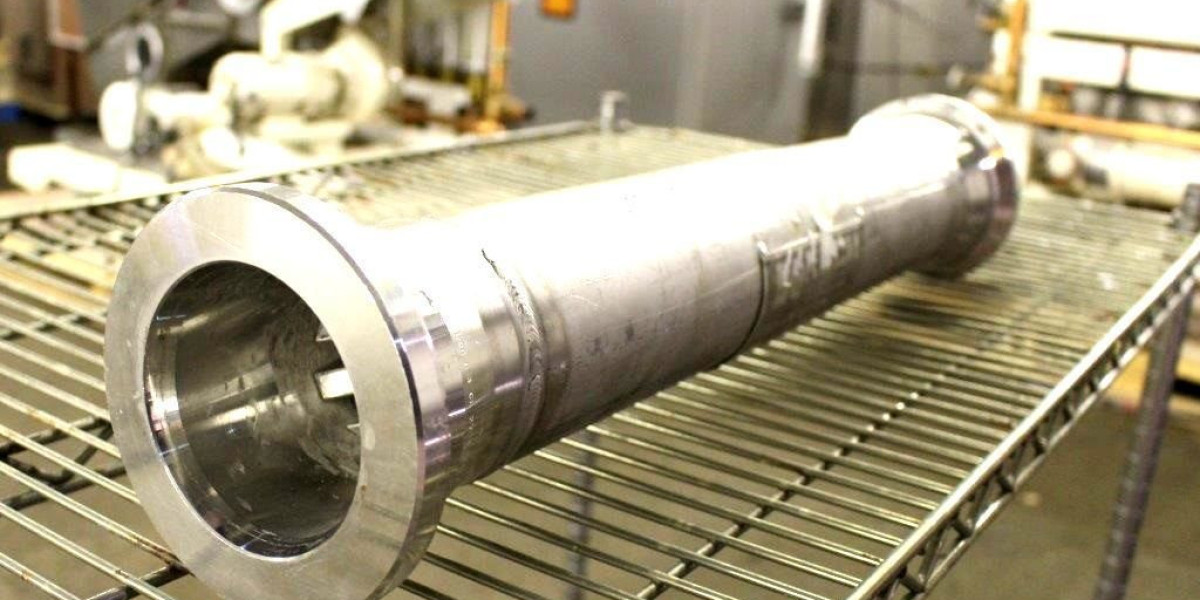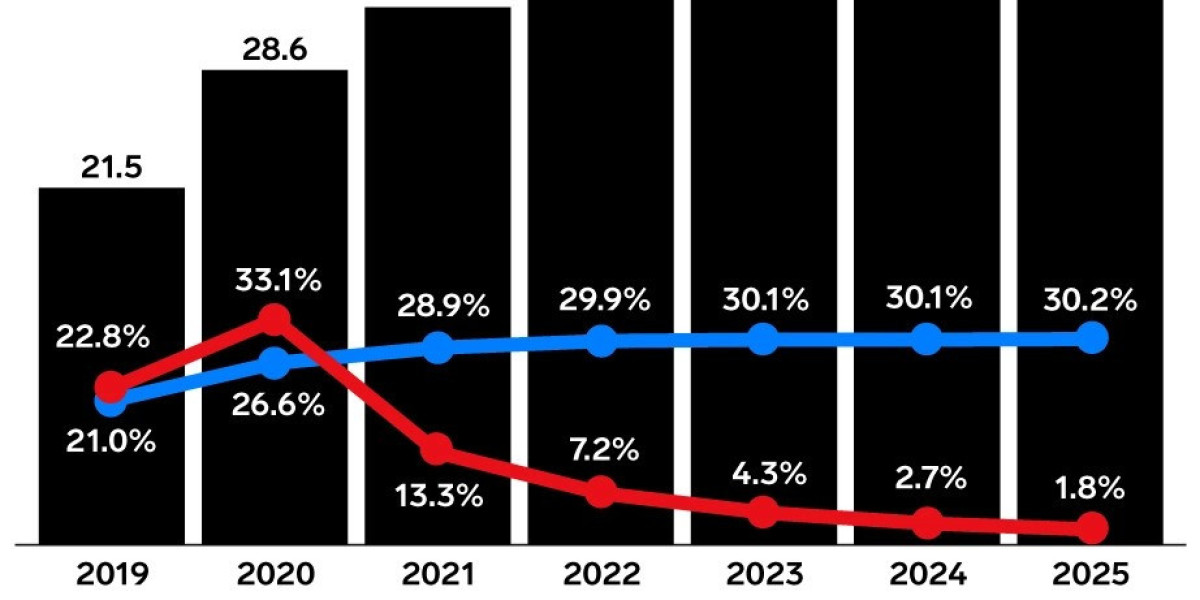PTA cladding, or Plasma Transferred Arc cladding, is a specialized welding process that plays a crucial role in enhancing the durability and performance of industrial components. This advanced technique involves depositing a protective layer of material onto a substrate, typically metal, to improve resistance to wear, corrosion, and high temperatures. PTA cladding is widely used across various industries, including aerospace, automotive, oil and gas, and manufacturing, where the reliability and longevity of components are paramount.
Understanding PTA Cladding
What is PTA Cladding?
PTA cladding utilizes a plasma arc to melt a powdered alloy material, which is then deposited onto the surface of a base metal. The process occurs in a controlled environment, typically under an inert gas atmosphere, to ensure precise deposition and minimal oxidation. This results in a metallurgical bond between the substrate and the clad layer, enhancing the mechanical properties of the component.
Advantages of PTA Cladding
The primary advantage of PTA cladding lies in its ability to significantly increase the lifespan and performance of critical components exposed to harsh operating conditions. By applying a tailored cladding material, engineers can achieve:
- Enhanced Wear Resistance: Components subjected to abrasive wear, such as industrial valves, pumps, and drill bits, benefit from the hardness and abrasion resistance imparted by PTA cladding.
- Improved Corrosion Resistance: The protective layer formed through PTA cladding shields components from corrosive environments, extending their service life in chemical processing plants and offshore installations.
- High Temperature Resistance: Industries like power generation and aerospace utilize PTA cladding to protect turbine blades, combustion chambers, and other high-temperature components from thermal degradation.
Applications of PTA Cladding
Aerospace Industry
In the aerospace sector, PTA cladding is instrumental in refurbishing and enhancing the performance of turbine blades, engine components, and landing gear subjected to extreme temperatures and stresses during flight operations. The deposited cladding materials, often superalloys or ceramic-metal composites, improve resistance to heat and mechanical wear, ensuring reliability and safety in aircraft operation.
Automotive Sector
Automotive manufacturers employ PTA cladding to reinforce critical engine components, such as cylinder liners, pistons, and exhaust valves. These components endure intense heat, friction, and corrosive gases during combustion, necessitating robust protective coatings to maintain efficiency and longevity.
Oil and Gas Exploration
Components used in oil and gas exploration and production face severe conditions, including abrasive particles, corrosive fluids, and high-pressure environments. PTA cladding enhances the durability of drill bits, valves, and wellhead equipment, reducing downtime and maintenance costs associated with premature component failure.
Process and Equipment
Process Parameters
Successful PTA cladding relies on precise control of process parameters, including:
- Arc Voltage and Current: Regulating the plasma arc parameters ensures optimal melting and deposition of the cladding material.
- Powder Feed Rate: Controlling the rate at which powdered alloy is introduced into the plasma stream determines the thickness and quality of the clad layer.
- Travel Speed: Managing the movement speed of the cladding torch relative to the substrate maintains uniform deposition and thermal management.
Cladding Equipment
Specialized cladding equipment includes:
- PTA Cladding Torch: The torch directs the plasma arc and delivers the powdered alloy to the substrate, ensuring precise deposition.
- Powder Feeder: Feeds the cladding powder into the plasma arc at a controlled rate, maintaining consistency and quality.
- Control System: Monitors and adjusts process parameters in real-time to optimize cladding quality and efficiency.
Quality Assurance and Testing
Non-Destructive Testing (NDT)
After PTA cladding, components undergo rigorous NDT techniques, such as:
- Ultrasonic Testing: Detects internal defects and ensures the integrity of the clad layer and substrate interface.
- Radiographic Testing: Provides detailed images of the clad layer for examination of bonding integrity and porosity.
- Visual Inspection: Verifies surface finish and adherence to dimensional specifications.
Performance Validation
Performance validation involves:
- Mechanical Testing: Evaluates hardness, tensile strength, and wear resistance of the clad layer through standardized tests.
- Wear and Abrasion Testing: Simulates operational conditions to assess the durability and performance improvement achieved by PTA cladding.
- Corrosion Testing: Exposes clad components to corrosive environments to verify enhanced resistance and longevity.
Conclusion
PTA cladding is a versatile and effective solution for enhancing the durability, performance, and lifespan of industrial components subjected to harsh operating conditions. By applying tailored cladding materials through a controlled plasma arc process, industries achieve significant improvements in wear resistance, corrosion resistance, and high-temperature performance. As technological advancements continue to refine cladding materials and processes, PTA cladding remains at the forefront of innovation, supporting safer, more efficient, and more reliable industrial operations globally.



